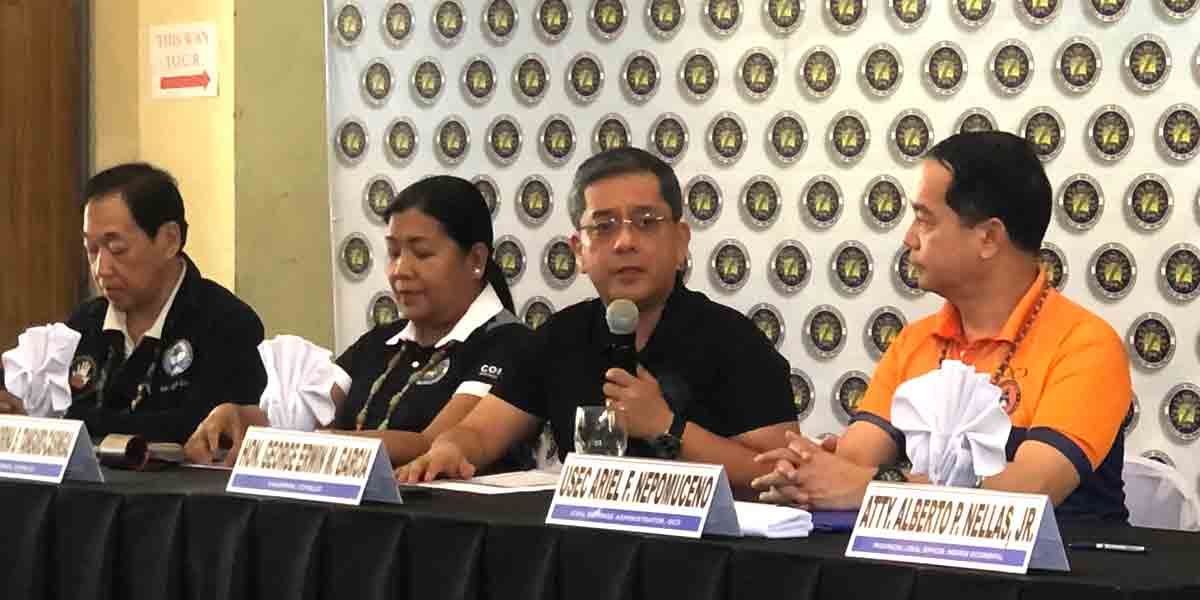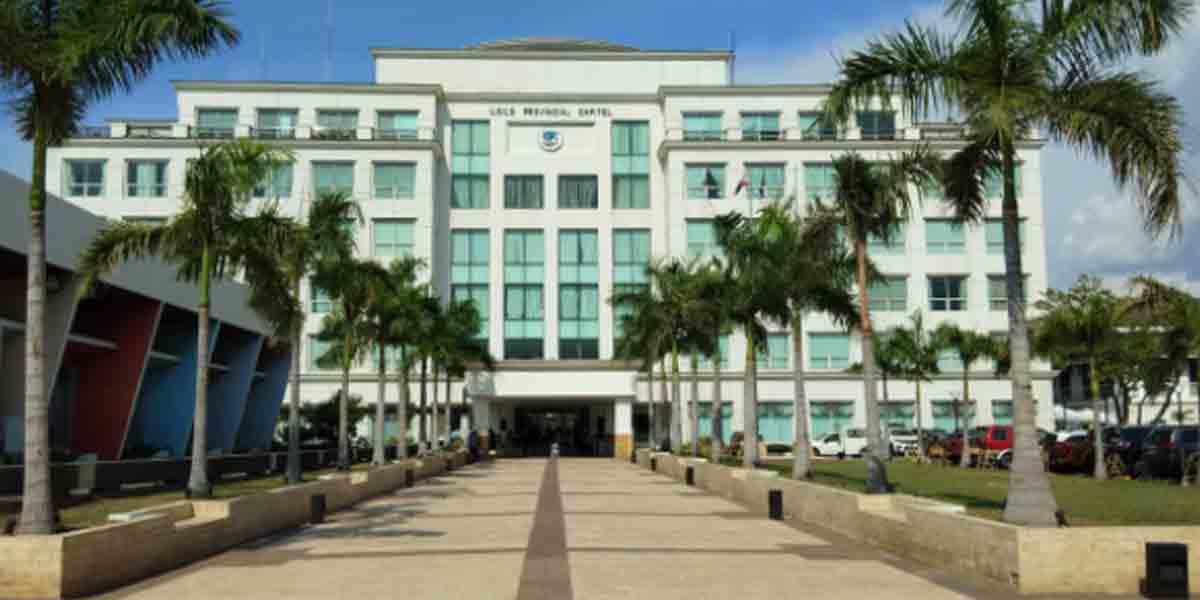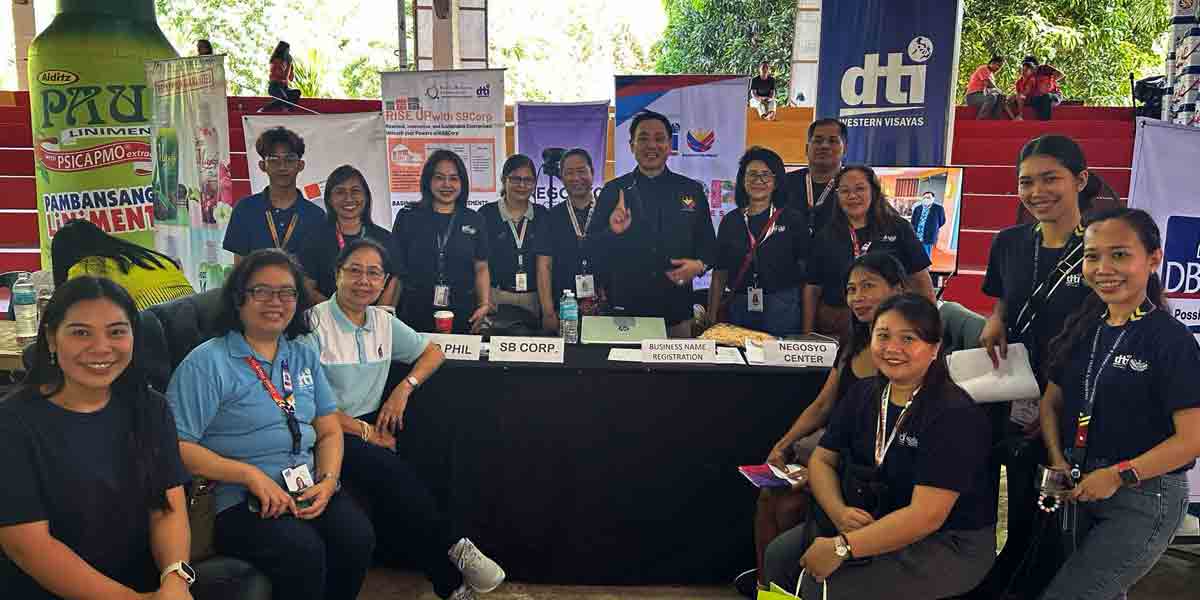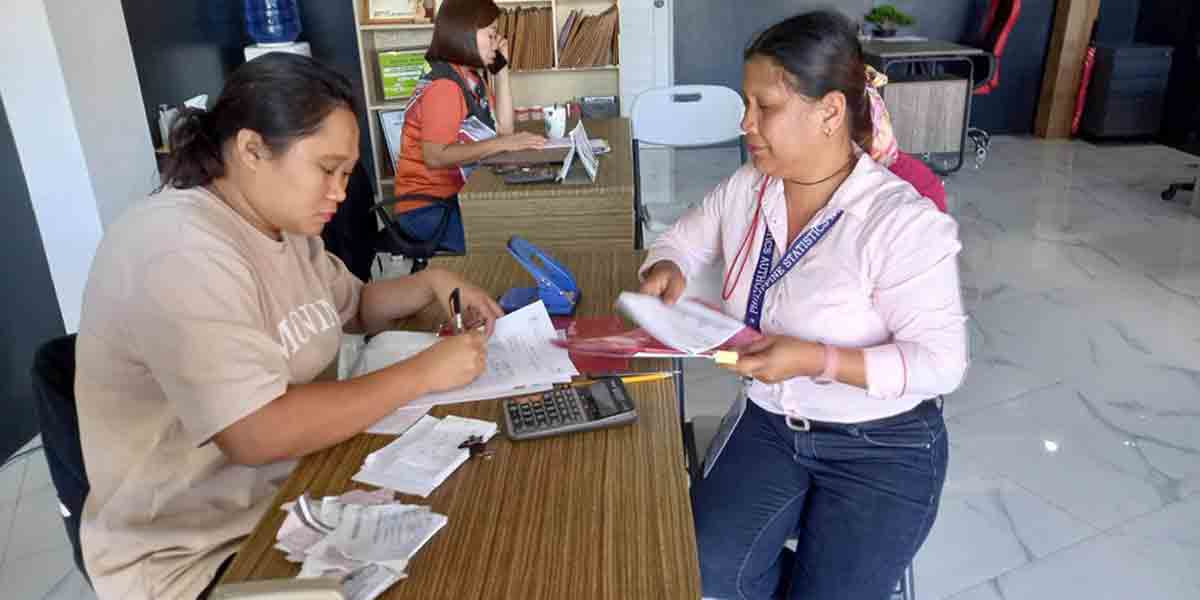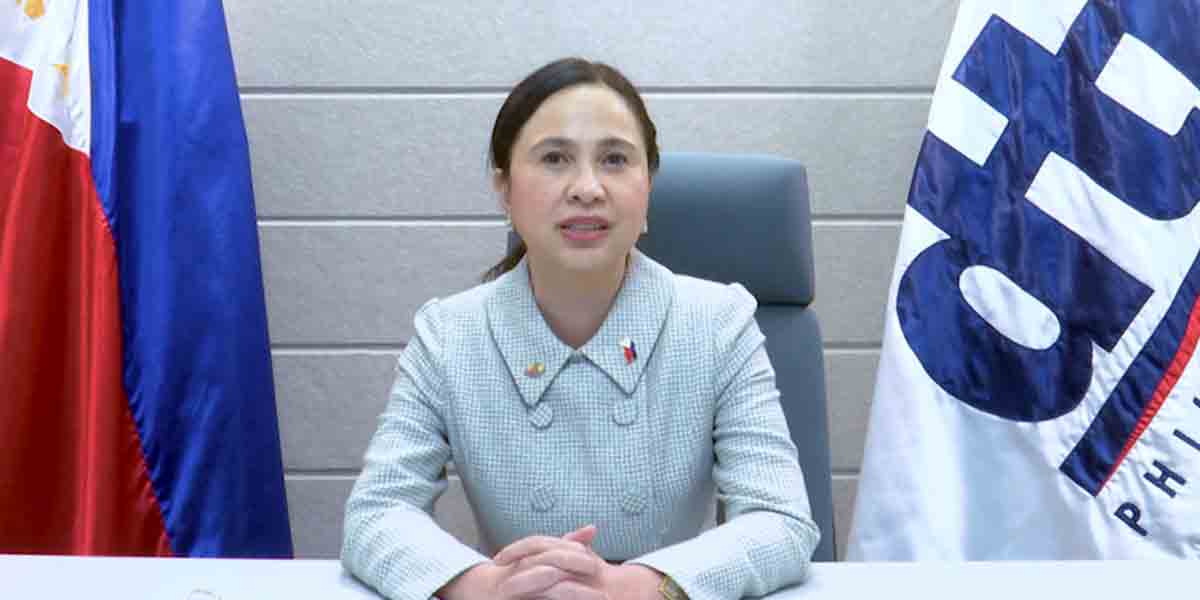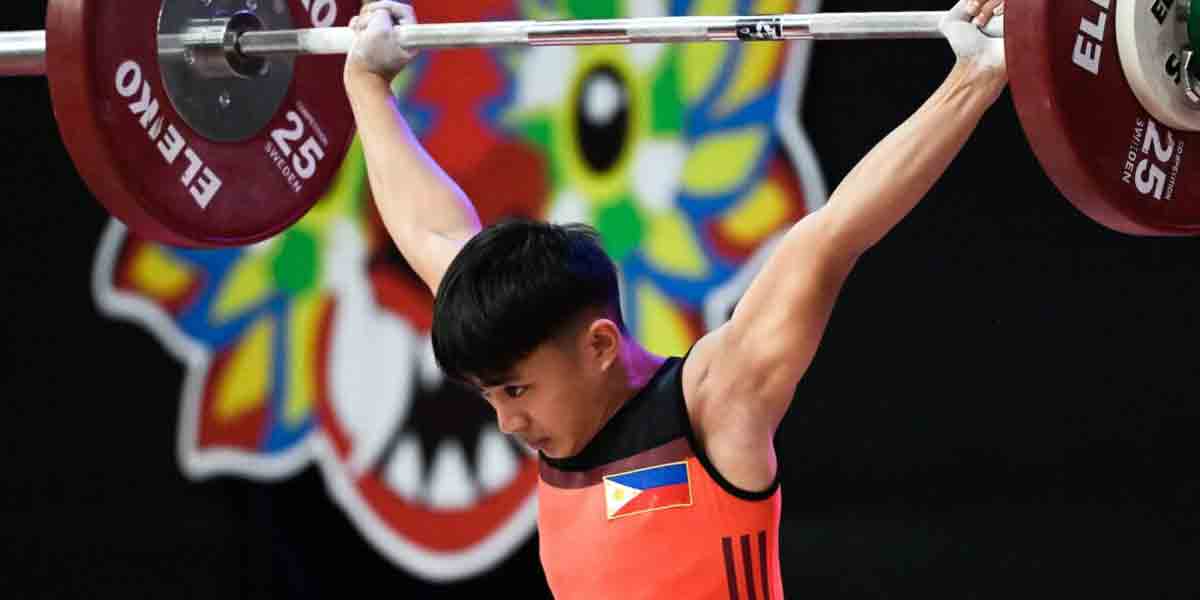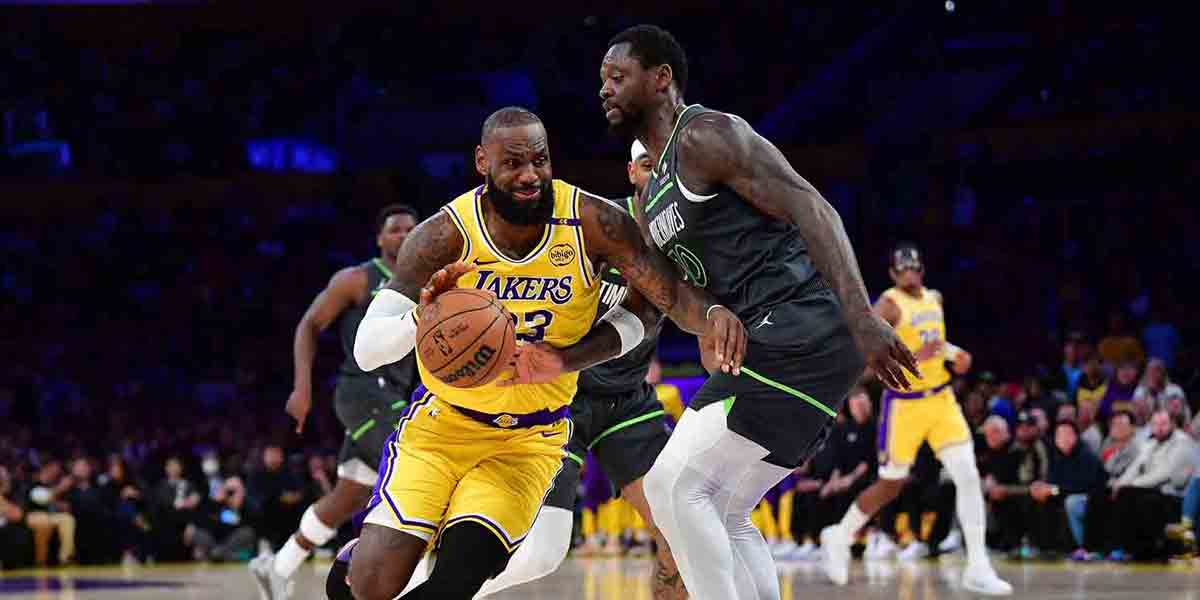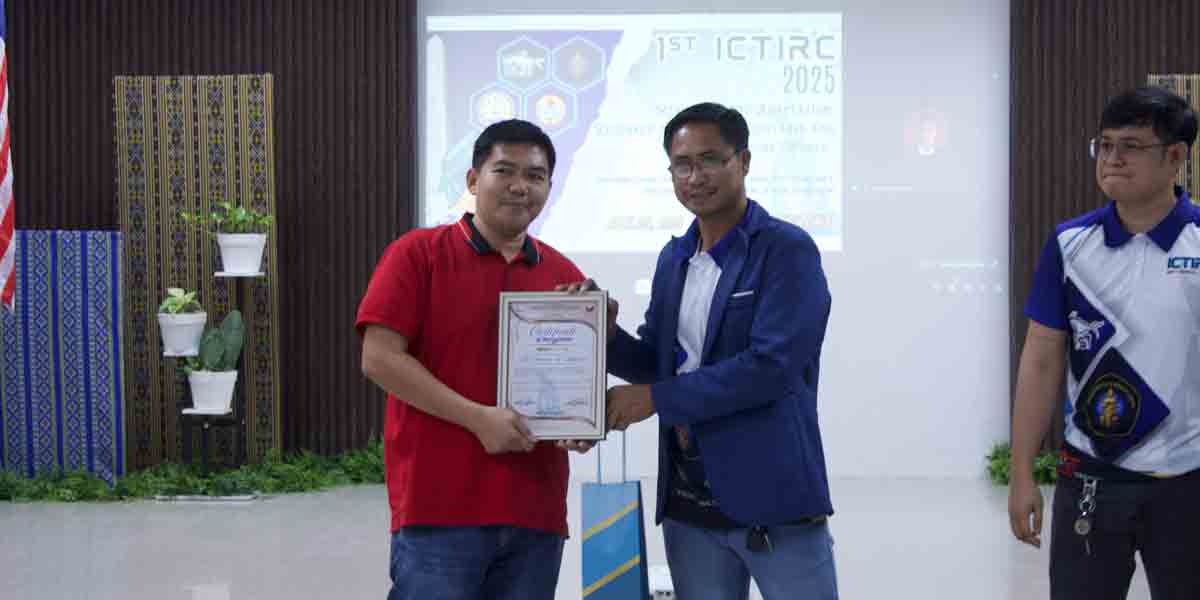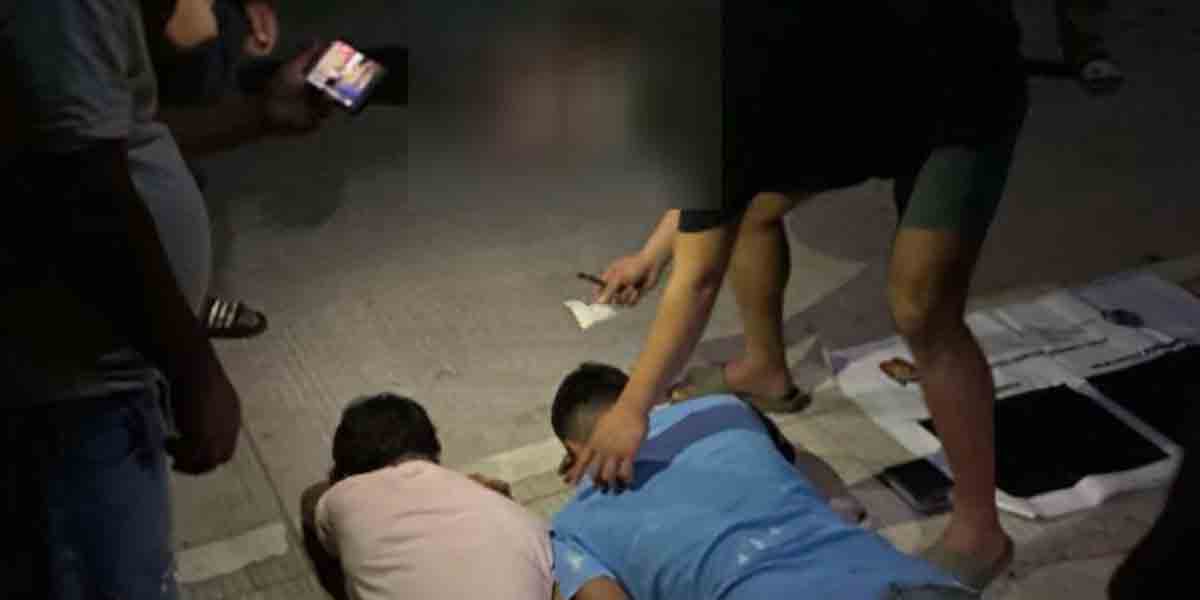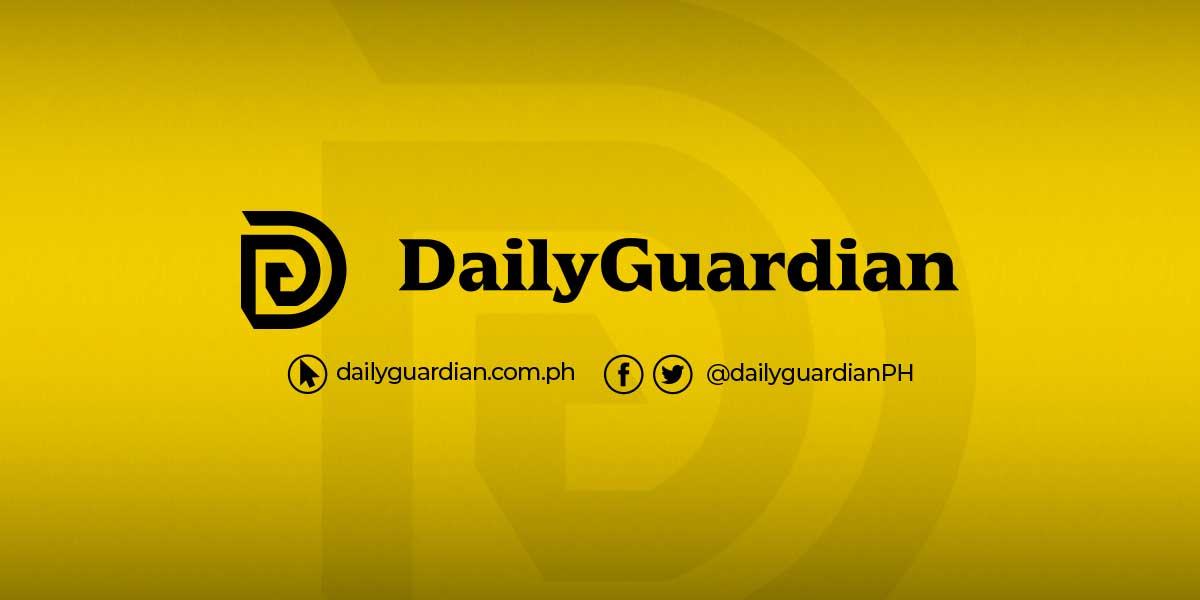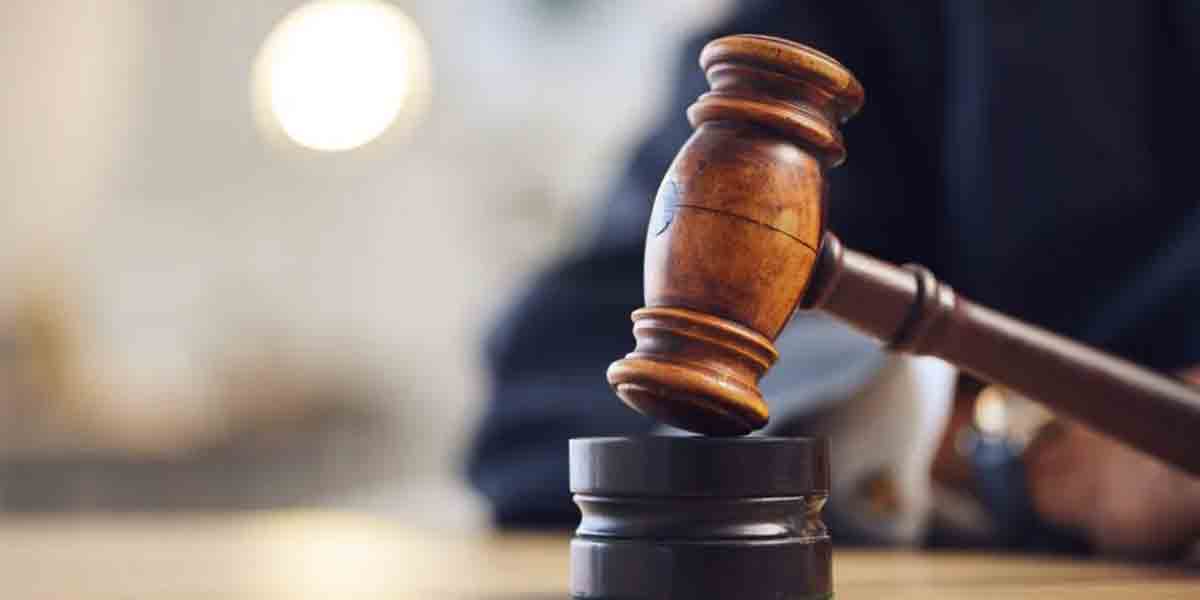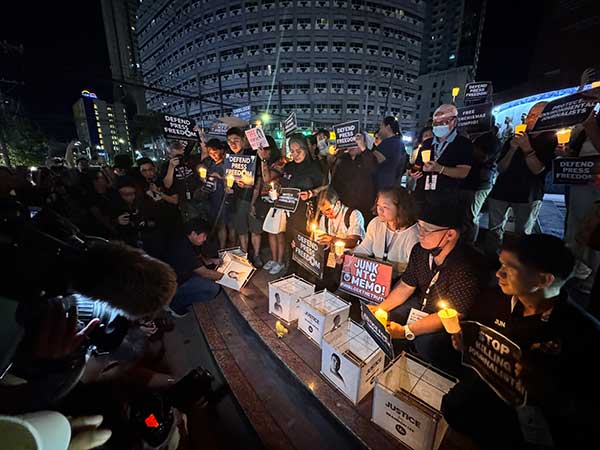
By Joseph Bernard A. Marzan and Francis Allan L. Angelo
QUEZON CITY – Ahead of World Press Freedom Day on May 3, the National Union of Journalists of the Philippines (NUJP) launched the Media Legal Defense Network (MLDN) on Friday, May 2, to strengthen legal aid for journalists facing legal threats.
The MLDN was launched at the University of the Philippines College of Mass Communication in Diliman, Quezon City, through a partnership between NUJP and human rights lawyers.
Supported by the United Nations Educational, Scientific and Cultural Organization (UNESCO), the initiative aims to mobilize legal support for journalists under attack.
Accredited law student practitioners from Adamson University, along with lawyers from the National Union of People’s Lawyers and the Initiatives for Dialogue and Empowerment through Alternative Legal Services (IDEALS), Inc., will provide legal assistance.
The Ateneo Human Rights Center will offer case consultations and strategic litigation under its human rights-based legal clinical services.
NUJP Secretary-General Ronalyn Olea cited “lawfare,” or the use of legal mechanisms to harass and intimidate journalists, as a common tactic by those in power to suppress critical reporting.
She said NUJP data show that from 2016 to 2024, at least 80 journalists were charged with libel under the Revised Penal Code or cyberlibel under Republic Act 10175, also known as the Cybercrime Prevention Act of 2012.
Of these, 24 cases were filed during the Marcos Jr. administration, with 12 involving libel or cyberlibel and 12 involving other legal actions.
Olea highlighted the cases of journalists Frenchie Mae Cumpio and Deo Montesclaros, both charged with terrorism financing, with Cumpio also facing charges for illegal possession of firearms.
“Fighting these legal attacks is necessary to defend journalism and democracy,” Olea said.
“Journalists need as many allies as we can get,” she added.
She emphasized the importance of collaborating with lawyers, paralegals, and human rights advocates who support press freedom.
Olea also noted legal victories by journalists, including Atom Araullo’s civil suit against former government communications official Lorraine Badoy and self-described rebel returnee Jeffrey Celiz.
BETTER RANKING
Meanwhile, the Philippines rose 18 spots in the 2025 World Press Freedom Index, achieving its highest global ranking in 21 years despite continued threats to journalist safety and media sustainability.
In the annual report released Friday by Paris-based Reporters Without Borders (RSF), the country ranked 116th out of 180 countries with a global score of 49.57, up from 134th place and a score of 43.36 in 2024.
However, RSF warned that the Philippines remains in a “difficult situation,” citing lingering threats such as red-tagging, legal harassment, and economic pressure on media outlets.
“The country is still ranked as a country of ‘difficult situation’ and the main reason for the improvement is due to improvement of the safety indicator,” said Arthur Rochereau, advocacy officer at RSF’s Asia-Pacific Bureau.
“Actually, the Philippines is the deadliest country for journalists in Asia Pacific with almost 200 journalists killed in the last 40 years,” he added.
In a rare milestone, RSF and the Committee to Protect Journalists (CPJ) reported that 2024 was the first year since 1985 in which no journalist was killed in connection with their work.
“But 2024 marked the first year since 1985 in which no journalist was killed in connection to their work,” Rochereau said.
He attributed the development partly to a “less aggressive” stance by the Marcos Jr. administration compared to former President Rodrigo Duterte.
Still, press freedom in the country suffered a fresh blow just this week.
On April 29, veteran journalist and former Kalibo mayor Juan “Johnny” Dayang was gunned down outside his home in Aklan.
The National Union of Journalists of the Philippines (NUJP) and advocacy groups condemned the killing, calling for swift justice.
RSF emphasized that while the overall safety indicator improved, other risk factors for journalists remain significant.
Filipino media workers continue to face physical attacks, legal persecution, and red-tagging, often carried out by government-linked entities.
Amnesty International’s April 2025 report noted that “state-sponsored online harassment,” particularly from the National Task Force to End Local Communist Armed Conflict (NTF-ELCAC), has created a “climate of fear” for young journalists.
RSF echoed that concern, stating that red-tagging—a Cold War-era tactic branding dissenting journalists as subversives—persists under President Ferdinand Marcos Jr.’s leadership.
“The policy of his successor, Bongbong Marcos, is more consensual, but the authorities still often resort to ‘red-tagging’,” RSF said in its regional analysis.
Labeling journalists as “reds” or communist sympathizers, the group warned, sends a message to law enforcement that they are “legitimate targets for arbitrary arrest or even summary execution.”
The RSF also pointed to outdated laws that criminalize defamation and cyber-libel, noting that imprisonment for such offenses continues to threaten press freedom in the country.
On the economic front, the 2025 Index recorded a global downturn in press freedom, with 20 out of 32 countries in the Asia-Pacific region showing lower economic scores.
This includes key nations such as India, Indonesia, and China—now among the three lowest-ranked countries, just above North Korea.
“Wide cracks in the media’s economic sustainability are shaking the foundations of journalism,” said RSF editorial director Anne Bocandé.
The group highlighted that media outlets across the globe are increasingly caught between maintaining editorial independence and staying financially afloat.
“When journalists are impoverished, they no longer have the means to resist the enemies of the press — those who champion disinformation and propaganda,” Bocandé added.
The freezing of U.S. Agency for International Development (USAID) funds, which halted key aid to hundreds of media outlets worldwide, was also cited as a critical trigger for this decline.
“Without economic stability, there is no free press,” the RSF report stressed. “Without a free press, our right to reliable information is denied and our ability to make decisions freely is compromised.”
President Marcos Jr. previously pledged to uphold media freedom, saying in 2023 that “freedom of expression is ensured under his watch.”
Yet watchdogs say more must be done to match those words with protections on the ground.
Legal reforms to decriminalize libel, safeguard press funding, and strengthen protections for journalists against political and physical threats remain urgent priorities.
As of 2025, the Philippines continues to straddle a complex reality—one step forward in safety, but still a long road to true press freedom.


